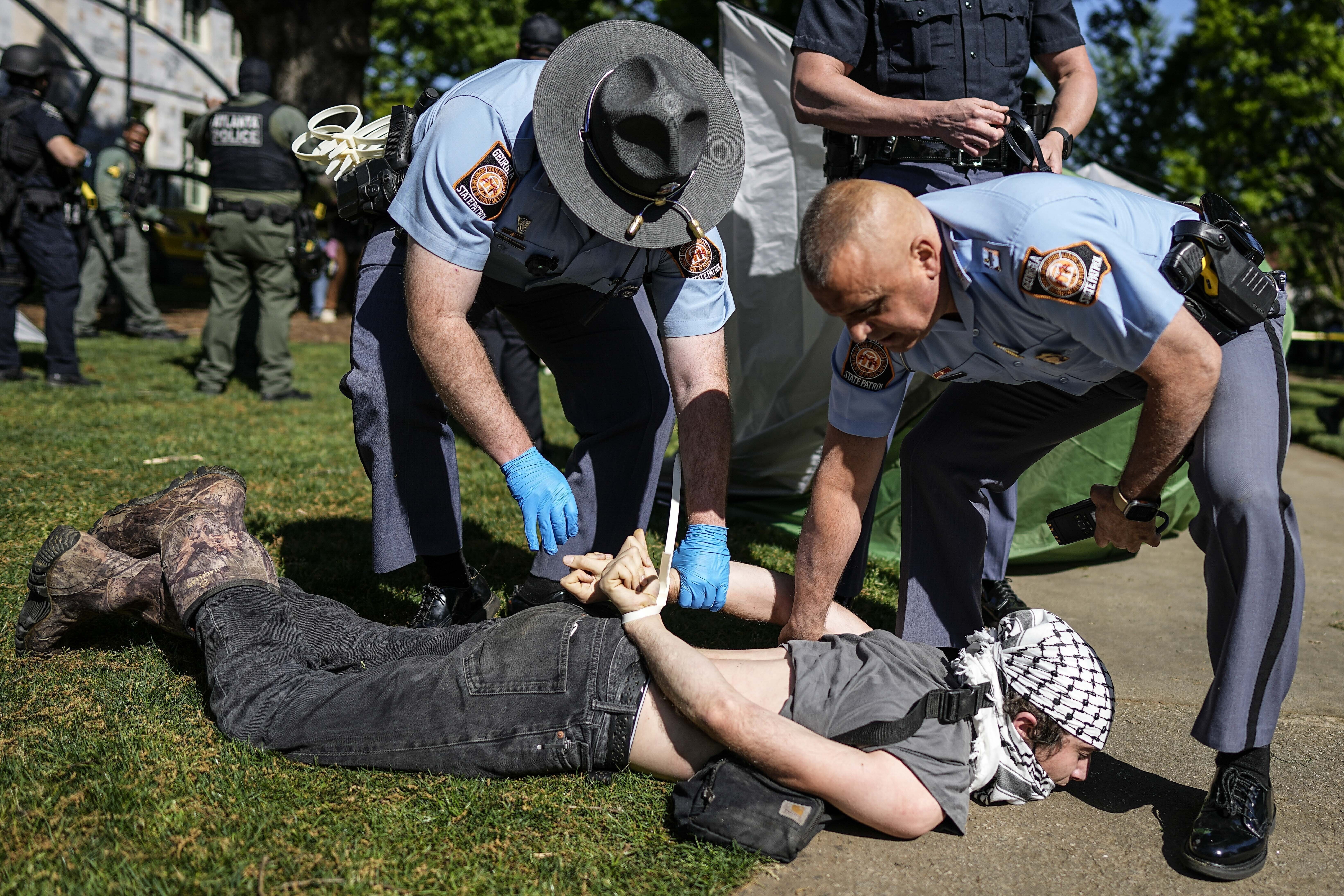A conversation with B-movie uber-producer/director Roger Corman is almost like one of his films: fast-paced, efficient and wildly entertaining.
On the occasion of the honorary doctorate recently bestowed on him by the Academy of Art in San Francisco, the legendary filmmaker got a chance to look back on a filmography that includes over 300 movies as producer and more than 50 as a director.
Even Corman himself, 85, concedes “One of the things that surprises me is that I've made so many films.”
Indeed, the Corman canon includes 1960s “Little Shop of Horrors” (legendarily shot in under three days and featuring superstar-to-be Jack Nicholson); his acclaimed Edgar Allan Poe-derived series of films, typically in collaboration with screenwriter Richard Matheson and star Vincent Price (with extra shooting days on 1963’s “The Raven,” he conceived and shot “The Terror” before the sets were struck); the pioneering 60s psychedelic/biker films “Wild Angels” and “Trip” (Nicholson’s screenwriting debut); and a bountiful collection of Bs from the 70s and 80s including “Death Race 2000,” “Rock ‘n’ Roll High School,” “Children of the Corn,” “Battle Beyond the Stars” and the original “Piranha.”
“It's always gratifying to get any honor,” Corman tells PopcornBiz, having only received a smattering of accolades until recently, now that his cult film aesthetic has been celebrated by cutting-edge cinema auteurs like Quentin Tarantino and Robert Rodriguez. “I'm a little surprised that I'm getting these honors as I am, somewhat late in my career. I did get an honorary doctorate from the American Film Institute a number of years ago, but last year I got an Oscar and this year a second honorary doctorate. It means that I'm having a pleasant old age.”
His early career required considerably more struggle – less for respect and more to simply get films in the can as he mastered his make-‘em-quick-and-cost-effective methodolgy. “When I made my very first film, it was so difficult that I thought about the best that you could do was that if you could make a picture a year that's really a lot of work,” Corman remembers. “At the peak, there I was making ten or 12 pictures a year, and at the beginning I never would've dreamed that anybody could do that because the work was just so difficult. After a while, as I became accustomed to it, I guess I fell into a groove. I found a way to work that enabled me to work more efficiently.”
Over the decades, Corman’s stable served as an early incubator for some of cinema’s most acclaimed talents as they found their place in Hollywood, including Francis Ford Coppola, Martin Scorsese, James Cameron, Gale Anne Hurd, Ron Howard, Jonathan Demme, Peter Bogdanovich, Irvin Kirshner, Curtis Hanson, John Sayles, Nicolas Roeg and Joe Dante. But Corman himself never benefitted from a crucial apprenticeship.
U.S. & World
“That was the problem – I had no key mentor!” he says. “I had never gone to a film school. There were very few film schools that existed at that time, and my education was as an engineering major. I simply had to teach myself as I went along. So what I did was that I simply looked at films that I thought were good films. I'd go to the theater a couple of times to study those films and try to incorporate what I learned from that into my own films. I didn't have the luxury of having a mentor as such or any training whatsoever. My training was on-the-job training.”
He also remembers his amazement when he first began to see the effect of what was called “The Corman Film School” on Hollywood blockbusters, beginning with Steven Spielberg’s “Jaws” in 1975 when film critic Vincent Canby opined “What is "Jaws", but a big budget Roger Corman film?”
“He was partially right in that it was, to a certain extent: a big budget Roger Corman film,” says Corman. “But what was more important was that it was better. First 'Jaws' and then 'Star Wars' were similar to pictures that I had made, but they were bigger and they were better. I talked to George Lucas and Steven Spielberg, who simply said that they had seen the types of films that I and my compatriots had made when they were young, and when they got the chance they made bigger and better versions of them. All I can do is say that this is the way that film industry has gone. As a matter of fact, one of our ‘graduates,’ Jim Cameron, is probably the leading light of that.”
Though he hasn’t helmed a theatrical film himself since 1990 (“The years have piled up,” he says. “I wouldn't rule out directing again, but it would have to be something, at my age, I really personally wanted to do”), Corman the producer remains active with a series of hit TV-movies on SyFy.
“Our last picture 'Sharktopus' did very well, and we've just finished shooting a follow up picture called 'Piranhaconda,'” he reveals. “Strangely enough, we're still editing 'Piranhaconda,’ but during the basketball March Madness SyFy had ‘March Monster Madness.’ They picked 16 of their top films and had playoffs going down to the final two – and the final two were both our pictures. 'Sharktopus' ran number one and 'Piranhaconda' – which isn't even finished – ran number two. So I can assume that title has some power.”
Through it all he’s remained clear-eyed about his place in the cinematic firmament. “The way that I make films, and the way that 99% percent of other people make films, is that we are skilled craftsmen. If occasionally something rises to the level of art, that's wonderful, but that we really should look upon ourselves as skilled craftsmen trying to do the best job that we can at our craft.”
And is there a legacy to be found in those efforts? “The legacy is going to be footnote in film history,” says Corman. “I have no illusions that it's going to be a major legacy, but I would hope that it would be that I'd be known simply as a filmmaker, that I made films myself and that I mentored or taught other filmmakers. It's a sort of two-part legacy.”



